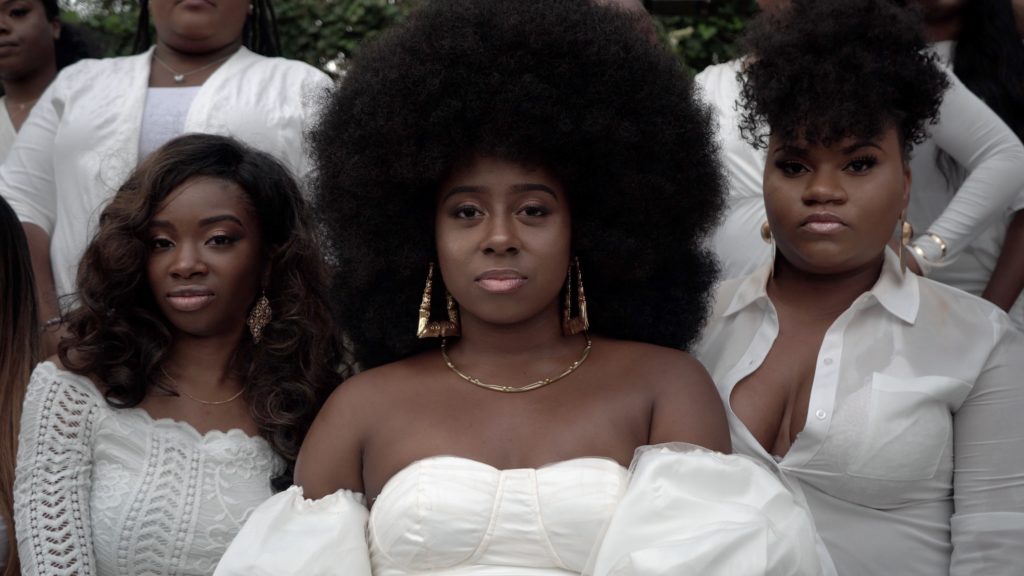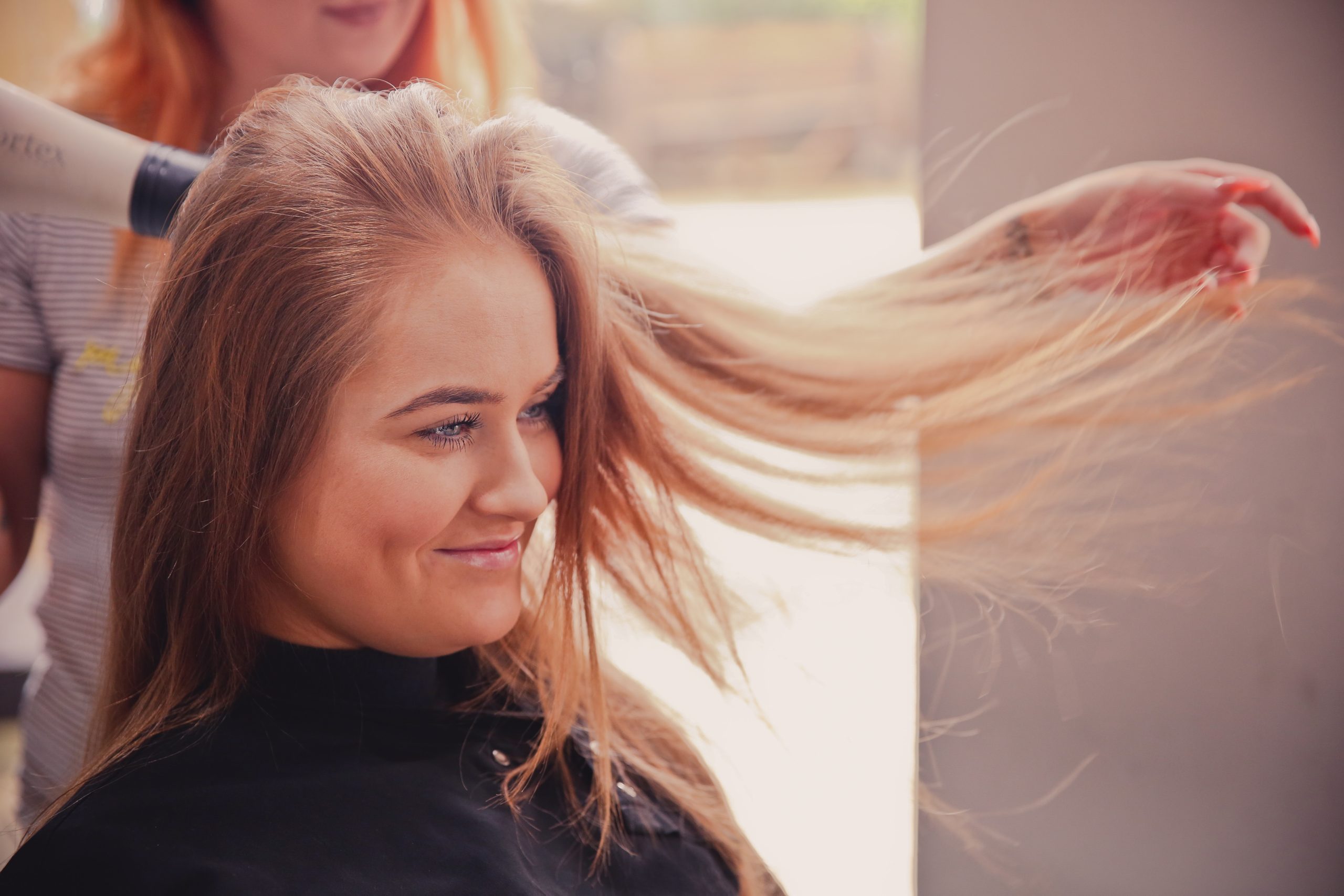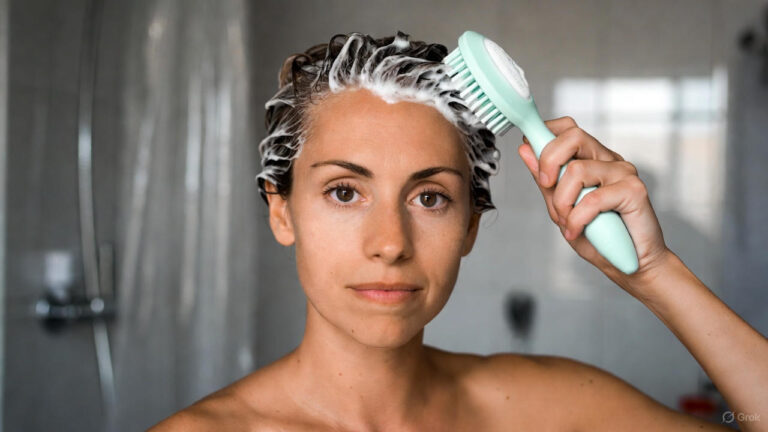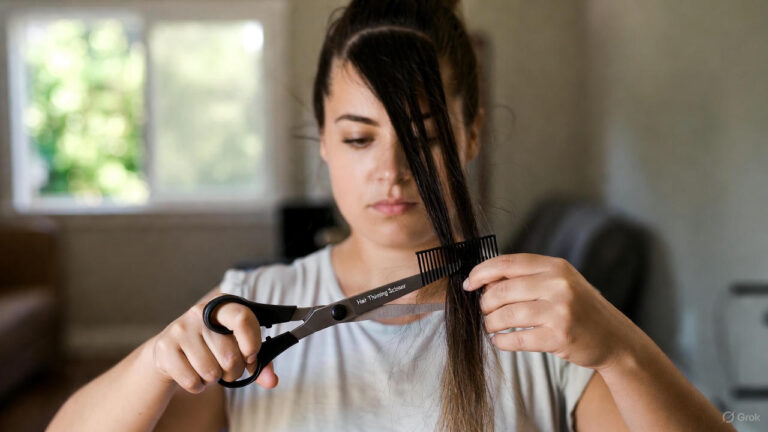Hair can be a defining characteristic of our appearance and how we feel about ourselves. Whether you have short hair or long hair, the way you style it can make a significant impact on your overall look.
However, not everyone is born with the innate ability to style their hair flawlessly. It can be daunting to know what products to use, what tools to buy, and how to create different hairstyles.
Fear not, because in this guide, we will explore various techniques and tips on how to style short or long hair to achieve the look you desire.
1. Determine Hair Type and Texture
Determining your hair type and texture is essential to properly styling your hair. Knowing your hair type and texture will help you choose the right products, styling tools, and techniques for your hair. Here are some tips to help you determine your hair type and texture:
Understanding Hair Type
There are four main hair types: straight, wavy, curly, and coily. To determine your hair type, wash your hair with a clarifying shampoo and let it air dry without any products.
- Straight Hair: Straight hair is generally shiny and tends to be oily. It is usually easy to manage and doesn’t require much maintenance.
- Wavy Hair: Wavy hair is characterized by its S-shaped waves. It is usually frizz-prone and can be difficult to manage.
- Curly Hair: Curly hair is characterized by its spiral shape. It is often dry and prone to frizz. It can range from loose curls to tight coils.
- Coily Hair: Coily hair is tightly coiled and has a zigzag pattern. It is often fragile and requires a lot of moisture to maintain.
Determining Hair Texture
Hair texture refers to the thickness of each individual strand of hair. There are three main hair textures: fine, medium, and coarse.
- Fine Hair: Fine hair has a small diameter and can be easily damaged. It tends to be oily and can become flat easily.
- Medium Hair: Medium hair has a medium diameter and is the most common hair texture. It is usually easy to manage and style.
- Coarse Hair: Coarse hair has a large diameter and is the most difficult hair texture to manage. It is often dry and prone to frizz.
Choosing the Right Products for Hair Type and Texture
Choosing the right hair products is important to maintaining healthy and beautiful hair. Choosing products specifically designed for your hair type and texture is essential to ensure optimal results. The following are some tips to help you choose the right products for your hair type and texture:
- Determine Your Hair Type: The first step in choosing the right products for your hair is to determine your hair type. This includes understanding if your hair is straight, wavy, curly, or coily. Each hair type requires different products to achieve the desired result.
- Consider Your Hair Texture: Once you have determined your hair type, you should also consider your hair texture. Hair texture refers to the thickness and diameter of your hair strands. Hair can be fine, medium, or coarse. Products designed for fine hair may not work as well on coarse hair and vice versa.
- Look for Products That Address Your Specific Needs: Different hair types and textures have different needs. For example, curly hair tends to be more prone to frizz, while fine hair may need volume. Look for products that address your specific needs, such as anti-frizz serums for curly hair or volumizing mousse for fine hair.
- Read Labels Carefully: When choosing hair products, it is important to read the labels carefully. Look for products free from harsh chemicals, such as sulfates and parabens. These chemicals can strip the hair of natural oils, leaving it dry and brittle.
- Experiment with Different Products: Finding the right products for your hair type and texture may take some trial and error. Don’t be afraid to experiment with different products until you find the ones that work best.
Choosing the right products for your hair type and texture is essential to maintain healthy and beautiful hair. By understanding your hair type, texture, and specific needs and reading labels carefully, you can find the best products.
2. Styling Short Hair

Styling short hair can be fun and versatile, offering a range of styling options to suit any occasion. Before styling short hair, it’s important to determine your hair type and texture and choose the right products for your hair. Once you have the right products, you can use various tools and techniques to create different styles.
One popular option for styling short hair is to add texture and volume. To achieve this look, start with a volumizing shampoo and conditioner, then blow dry your hair with a round brush to add volume at the roots. You can also use a texture spray or wax to add definition to your hair and create a messy, tousled look.
Another option for styling short hair is to create a sleek and polished look. To achieve this style, start by blow-drying your hair straight with a paddle brush. Then, use a flat iron to smooth out any kinks or flyaways, and finish with a shine serum or hairspray to keep your hair in place.
For a more playful and edgy look, consider adding some spikes or asymmetrical layers to your short hair. To achieve this look, use a styling cream or pomade to add definition and hold to your hair. Use your fingers to create spikes or add layers for a textured and asymmetrical look.
3. Styling Long Hair

Styling long hair can be both fun and challenging. With longer hair, you have more versatility and options to create a wide range of hairstyles, from braids and buns to beachy waves and sleek ponytails. However, managing long hair can also be time-consuming, especially if it’s prone to tangling and frizz. Here are some tips for styling long hair:
- Use the right tools: Investing in quality tools such as a good brush or comb, a hairdryer, and a straightener or curling iron can significantly affect how your hair looks and feels.
- Choose the right products: Different hair types require different products, so it’s important to choose the right shampoo, conditioner, and styling products that work for your hair type. Consider using a leave-in conditioner or hair oil to help detangle and moisturize your hair for long hair.
- Experiment with different hairstyles: With long hair, you can experiment with different styles. You can try braids, twists, updos, and half-up, half-down styles. You can also play with different textures, from straight and sleek to curly and voluminous.
- Consider your face shape: Certain hairstyles may flatter your face shape better than others. For example, if you have a round face, you may want to avoid hairstyles that add volume at the sides, while if you have a square face, you may want to opt for styles that soften your features.
- Protect your hair: Long hair is more prone to damage from environmental factors such as sun, wind, and pollution. To protect your hair, wear a hat or scarf when outdoors, avoid using hot tools too often, and use a heat protectant spray when you do.
4. Choosing the Right Haircut
Choosing the right haircut is an important decision that can significantly impact your appearance. The right haircut can enhance your best features and complement your face shape, while the wrong one can be unflattering and difficult to manage. Here are some tips to help you choose the right haircut for your face shape.
Understanding Face Shape
Firstly, it’s important to understand your face shape. There are six basic face shapes: oval, round, square, heart, diamond, and oblong. To determine your face shape, stand in front of a mirror and pull your hair back. Use lipstick or a marker to outline the shape of your face in the mirror. Once you have determined your face shape, you can choose a haircut that will complement it.
Choosing a Haircut to Suit Your Face Shape
For oval-shaped faces, almost any haircut will work. This is because oval faces are balanced and symmetrical, so most haircuts will enhance the face’s natural beauty. For round faces, a layered haircut that adds volume and height to the top of the head can help elongate the face. Avoid blunt cuts or heavy bangs, as these can make a face look rounder.
For square faces, a layered haircut with soft, wispy layers can help soften the angular lines of the face. For heart-shaped faces, a chin-length bob with layers around the face can help balance out a pointed chin. For diamond-shaped faces, a short, layered cut with bangs can help balance out the narrow forehead and chin.
Finally, for oblong faces, a long, layered cut that adds volume at the sides of the face can help create the illusion of width. Avoid straight, long haircuts that can make a face look even longer.
Creating Different Hairstyles
Creating different hairstyles is an excellent way to add variety to your appearance and express your personal style. Whether you have short or long hair, there are numerous options available that can transform your look. Here are some tips for creating different hairstyles:
- Determine the occasion: The first step in creating a new hairstyle is determining the occasion. Different events require different hairstyles, so consider the formality of the occasion, the dress code, and the event’s vibe.
- Consider your hair texture: Different hairstyles work best with different hair textures. For example, if you have curly hair, consider a hairstyle that accentuates your curls, such as a curly updo or a half-up, half-down style. On the other hand, if you have straight hair, try a sleek, straight style.
- Experiment with different techniques: You can use numerous techniques to create different hairstyles. Some popular techniques include braiding, twisting, curling, and straightening. Experiment with different techniques to find the ones that work best for you.
- Use accessories: Adding accessories can be an excellent way to add flair to your hairstyle. Use hair clips, headbands, scrunchies, or ribbons to create a unique and eye-catching look.
- Practice, practice, practice: Creating different hairstyles takes practice. Don’t be afraid to experiment with different styles and techniques until you find the best ones. Consider watching tutorials or getting tips from professional hairstylists.
Creating different hairstyles can be a fun and exciting way to change your look. You can create numerous unique and stylish hairstyles by considering the occasion and your hair texture, experimenting with different techniques, using accessories, and practicing.
5. Maintaining Healthy Hair
Maintaining healthy hair is essential to have strong and beautiful hair. Many factors, such as poor nutrition, stress, and using the wrong hair products, can damage hair, leading to hair fall, split ends, and other hair problems. Here are some tips for maintaining healthy hair:
- Proper Nutrition: Eating a well-balanced diet with sufficient vitamins and minerals is crucial for healthy hair. Eating foods rich in iron, zinc, vitamins A, B, and C, and omega-3 fatty acids helps keep hair healthy.
- Avoid Heat Styling: Frequent use of heat-styling tools such as flat irons, curling irons, and blow dryers can cause hair damage. If you must use these tools, always use a heat protectant spray.
- Limit Chemical Treatments: Chemical treatments such as coloring, perming, and straightening can damage hair. Limiting the use of these treatments is essential for maintaining healthy hair.
- Regular Haircuts: Getting regular haircuts can help maintain the health of your hair. Regular trims help prevent split ends and breakage, leading to healthy hair growth.
- Use the Right Hair Products: Using the right hair products for your hair type is essential for maintaining healthy hair. Choose hair products that are free of harsh chemicals and contain natural ingredients.
- Protect Hair from the Sun: The sun’s UV rays can damage hair, leading to dryness and brittleness. Wear a hat or use a UV protection spray to protect your hair from the sun.
- Brush Hair Gently: Brushing hair too vigorously can cause damage and breakage. Use a wide-tooth comb or a brush with soft bristles to brush the hair gently.
Conclusion
Knowing how to style your hair is an essential part of your personal grooming routine. Whether you have short or long hair, understanding your hair type and texture, choosing the right haircut, and using the appropriate tools and products is crucial to achieving the look you want. By following the tips and techniques discussed in this guide, you can create a variety of hairstyles for any occasion and feel confident in your appearance.



